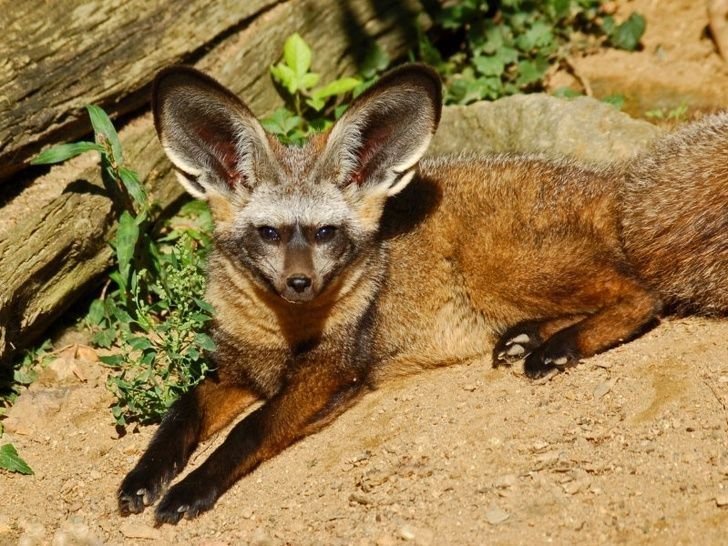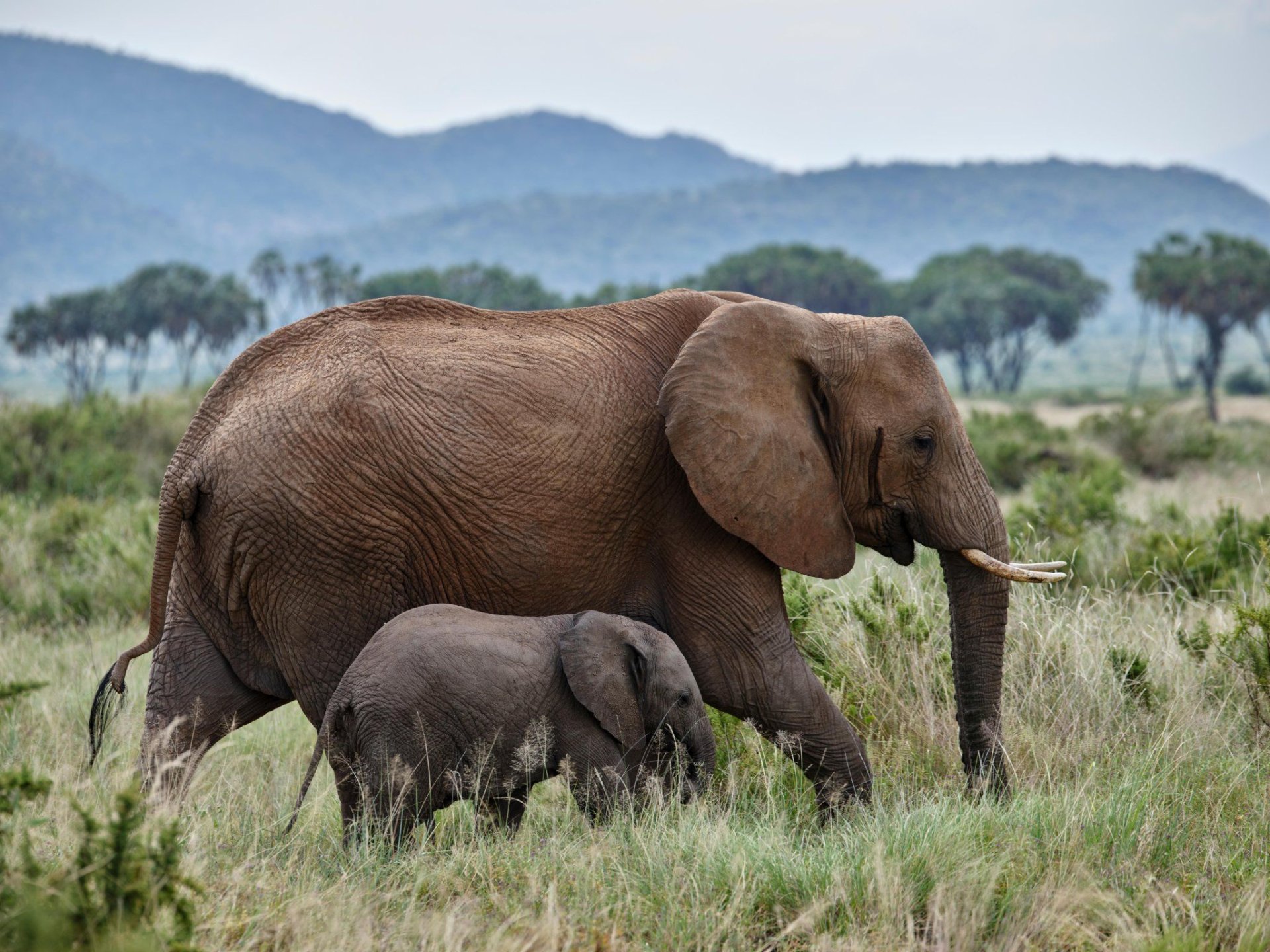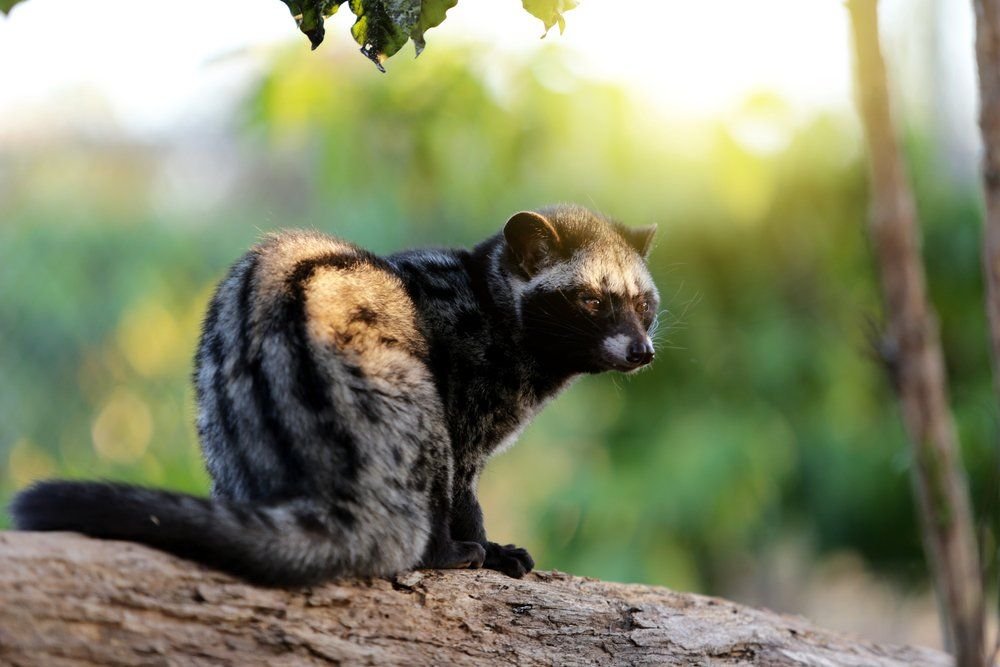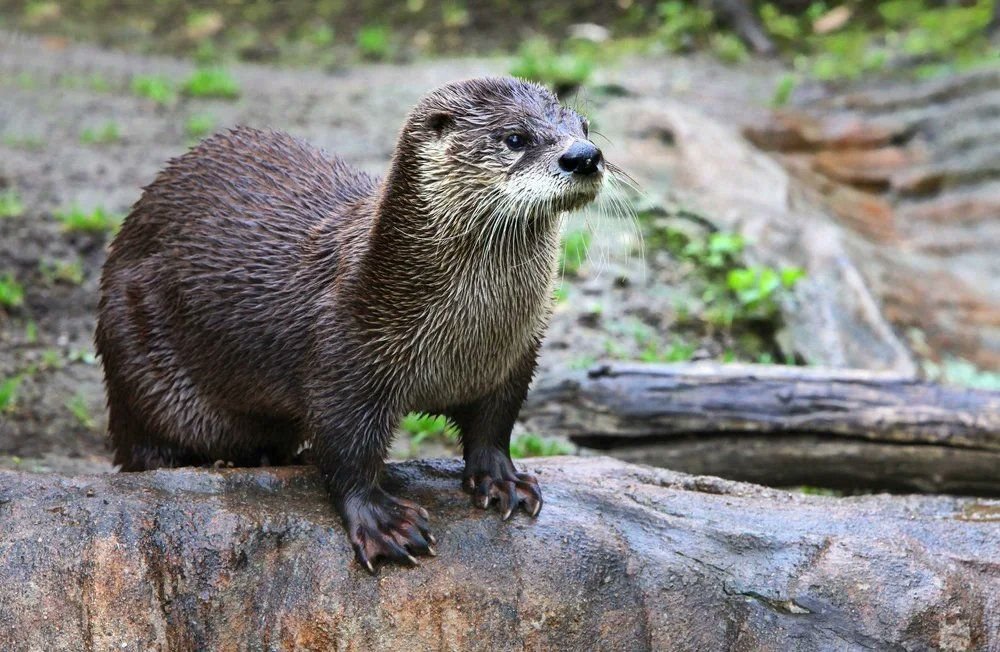Defassa waterbuck
Defassa waterbuck live in small herds and are most often seen grazing near water. They are found in suitable habitats in all four of Uganda’s savanna national parks: Murchison Falls, Queen Elizabeth, and Kidepo Valley National Parks.
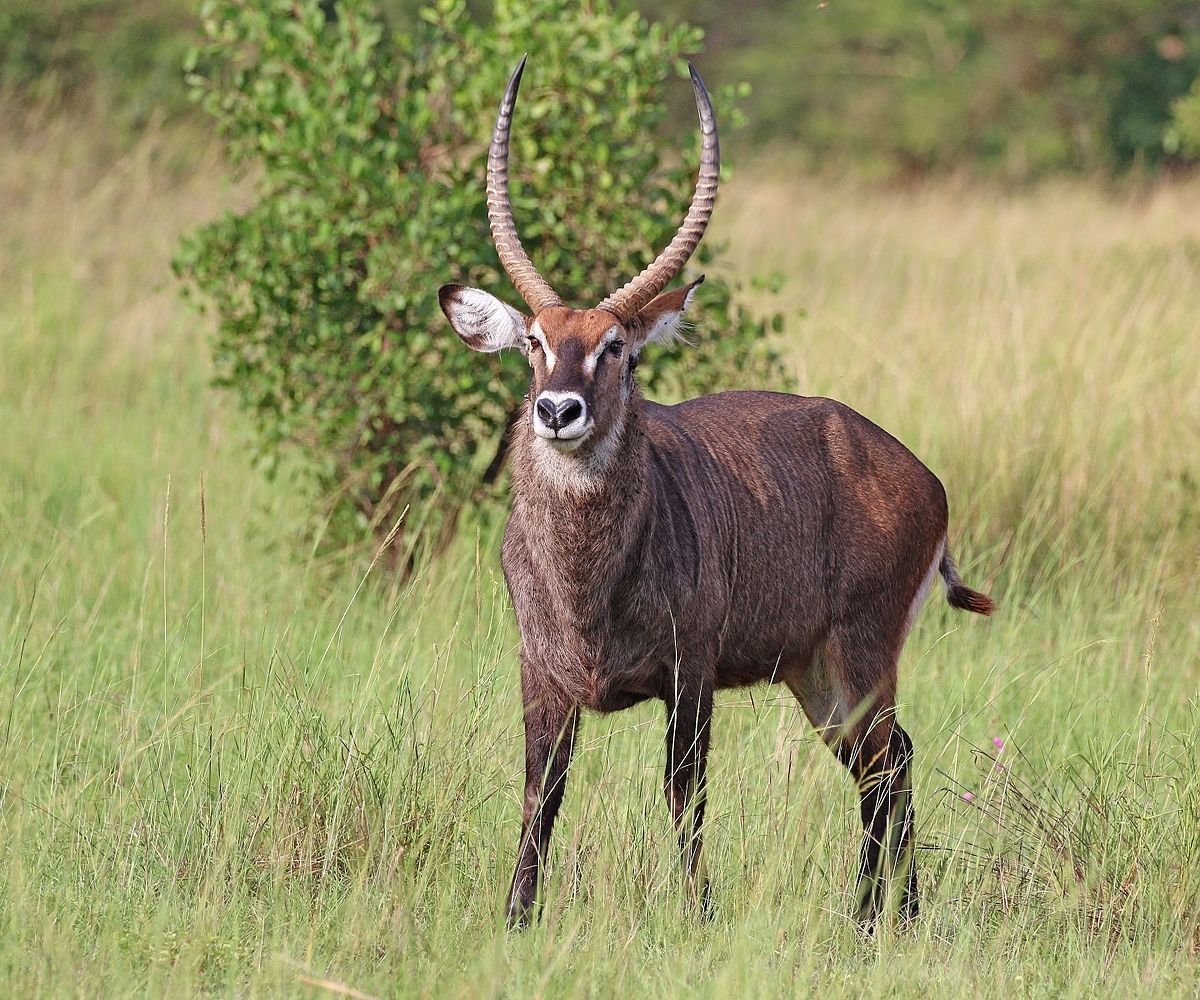
Large antelope known as the waterbuck (Kobus ellipsiprymnus) is prevalent in sub-Saharan Africa. It belongs to the family Bovidae's genus Kobus. Irish naturalist William Ogilby first wrote about it in 1833. The common or ellipsiprymnus waterbuck and the defassa waterbuck are two of its 13 subspecies.
Their coats range in colour from grey to brown. Only males have the long, spiral horns, which measure 55–99 cm (22–39 in) in length and curl backward and forward.
Waterbucks have a somewhat sedentary lifestyle. They are social animals and may group together in herds of six to thirty members. These teams are either bachelor herds or nursery herds made up of females and their young. Males begin displaying territorial behaviour at age 5, but they become most dominant between the ages of six and nine. The waterbuck prefers to live in regions near water supplies since it cannot endure dehydration in hot temperatures.
Due to its greater reliance on water than other antelopes and its capacity to swim into water to defend itself, the animal came to be known as a "waterbuck" in common parlance.
The defassa waterbuck differs significantly from the ordinary waterbuck in terms of looks. The latter has a longer tail according to measurements, while the common waterbuck is taller than the defassa waterbuck. The white ring of hair enclosing the tail on the rump, which is a hollow circle in the common waterbuck but covered in white hair in the defassa waterbuck, is the primary difference between the two species.
Defassa waterbuck Reproduction
The maturation of waterbuck is slower than that of other antelopes. Females reach sexual maturity in two to three years, whilst males do so at the age of six. Females can get pregnant by the time they are two and a half years old and can continue to reproduce for another 10 years. Breeding occurs all year round in tropical locations, with birth rates peaking during the rainy season.
After the male smells the female's vulva and urine to determine if she is in oestrus, mating commences. A recalcitrant female can attempt to bite or even fend off an approaching male. When a male displays flehmen, he frequently licks the female's neck and rubs his face and horns against her back. Before the actual copulation, there are multiple attempts at mounting. While the male lays on her back and clasps her sides with his forelegs during copulation, which can happen up to 10 times, the female shifts her tail to one side.
A single calf is born after the gestational period, which lasts seven to eight months. Twins are quite uncommon. As parturition nears, pregnant women retreat into thickets. Within a half-hour after birth, new-born calves are able to stand unassisted. At eight months, calves are weaned, at which point they join herds of calves their own age.
Diet of Defassa waterbuck
The waterbuck displays a strong reliance on water. It lives in locations near water supplies because it can't survive being dehydrated in hot temperatures. Since grasses make up between 70% and 95% of the waterbuck's diet, it is mostly a grazer that frequents meadows.
The defassa waterbuck was found to spend substantially less time browsing (eating leaves, tiny shoots, and fruits) than the other grazers, while having a much higher requirement for protein than the African buffalo and the Beisa oryx.
The choice of grasses depends more on geography than on availability; for example, in western Uganda, whereas Sporobolus pyramidalis was preferred in certain areas, Themeda triandra was the top option in others. While the common waterbuck preferred Heteropogon contortus and Cynodon dactylon, the defassa waterbuck showed less affinity for these grasses in the same area.
Where to see the deffassa waterbuck in Uganda
Defassa waterbuck typically graze close to water and dwell in small herds. All four of Uganda's savanna national parks—Murchison Falls, Queen Elizabeth, and Kidepo Valley—have acceptable habitats for them.
What's Your Reaction?
 Like
0
Like
0
 Dislike
0
Dislike
0
 Love
0
Love
0
 Funny
0
Funny
0
 Angry
0
Angry
0
 Sad
0
Sad
0
 Wow
0
Wow
0





























































